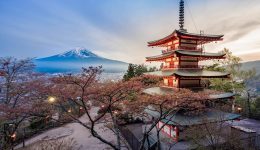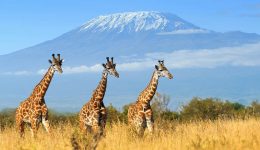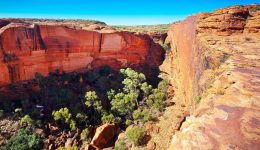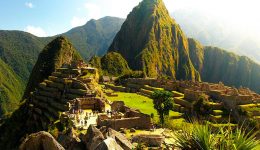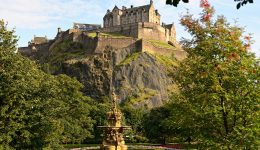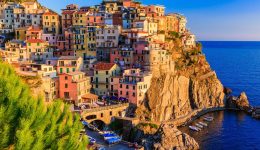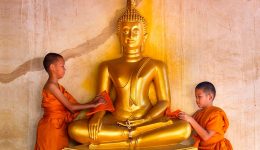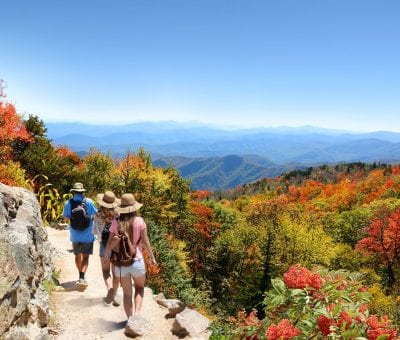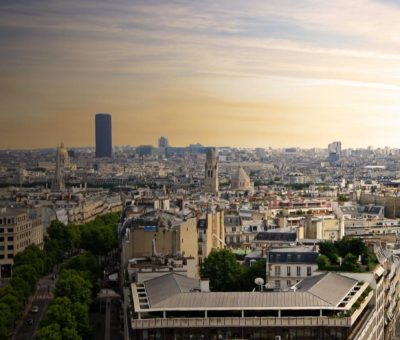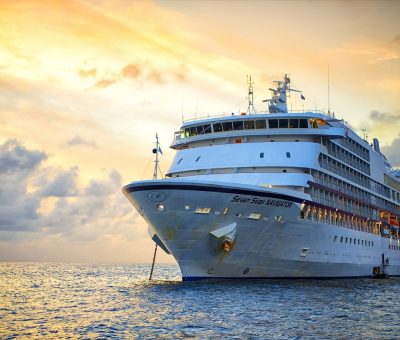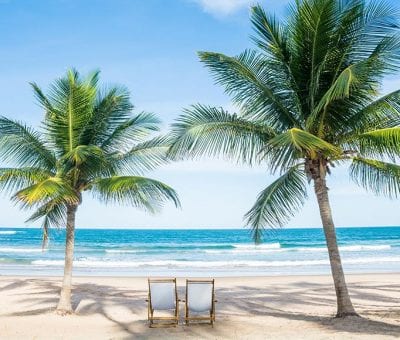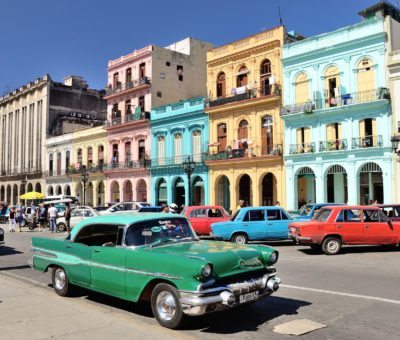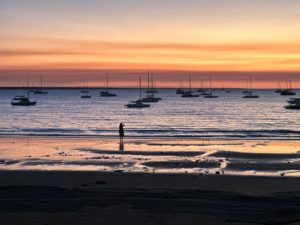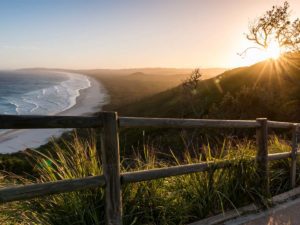Spotlight on Bolivia
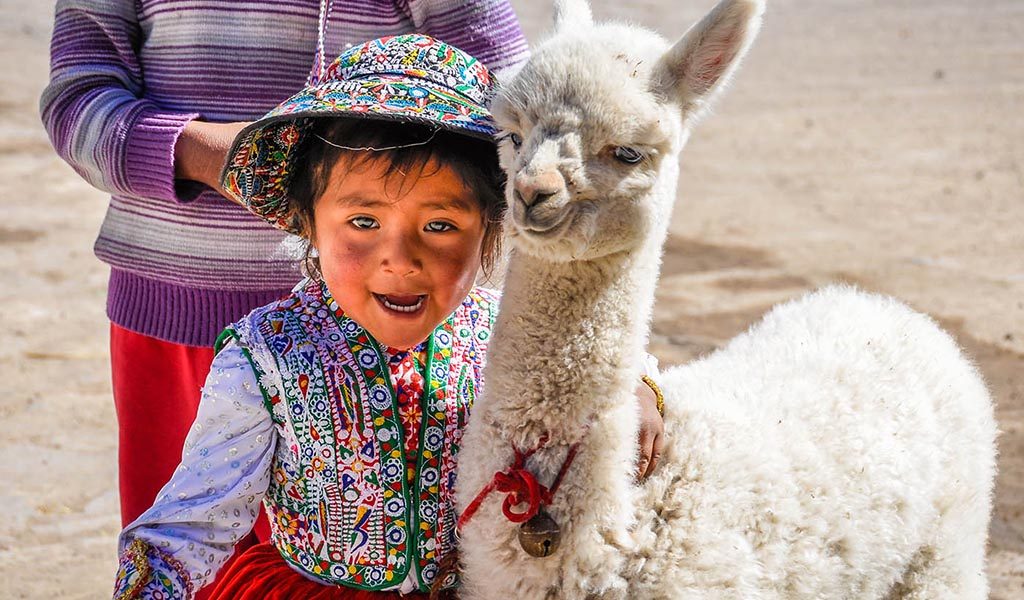
One of only two landlocked countries in South America, Bolivia is the highest, most rugged and isolated country in the hemisphere. Its innate charm lies in its contrasts: the clash of indigenous and European culture; landscapes (unspoilt by modern development) that include Andean mountains, steamy Amazonian rainforest, salt plains and savannahs; and a diverse range of activities that guarantee to amaze and thrill. It is also a country that has remained close its roots, offering visitors an authentic take on Latin American culture. More than 60% of the population claim native Indian heritage and maintain traditional values and beliefs, making it the most indigenous country on the continent.
The capital, La Paz, is dizzying in every aspect – not only for its well-publicised altitude (3660m) but also for its quirky beauty. A visitor’s first view of this remarkable city is unforgettable. On approach, the desolate plain seems to open up and reveal the city, concealed 400 metres deep within a 5 km wide canyon. While cobbled streets and a number of grand buildings beckon, a must see for any visitor to La Paz is the famous Witches Market. Here, merchants sell a variety of figurines, magical ingredients and other strange items (such as dried llama foetuses) intended to ward off the ills and malevolent spirits that populate the Aymara world. Shopping in the market’s backstreets reveal the strength of Bolivia’s Indian cultures, and is an ideal location to sit and enjoy a bowl of hearty soup containing vegetables and grains that have been grown locally for centuries.Potosí, the highest city in the world, was once the most important city on the continent. It was founded in 1546 after the discovery of rich silver deposits in the Cerro Rico Mountain. While it became one the wealthiest and largest cities in the Americas, it did so at the ultimate cost to millions of indigenous labourers and African slaves who perished during the mine’s three centuries of colonial rule. Recognised for its rich history and wealth of colonial architecture, Potosi was named a UNESCO World Heritage site in 1987. Also a UNESCO site is the neighbouring city of Sucre which is possibly the most tranquil city in Bolivia. Renowned for its white walls, pretty centre and agreeable climate, it came about as an elegant retreat for Potosi’s mining merchants. It is the symbolic heart and judicial capital of Bolivia, as it was in Sucre that independence from Peru was proclaimed.Step outside of Bolivia’s cities and townships and you’ll discover stunningly beautiful scenery and the best collection of activities found in any South American country. The Yungas region of Bolivia presents extreme adventure seekers with the opportunity to traverse, via mountain bike, a famed 64 km stretch of narrow, winding road known as ‘Death Road’, while those with less ambitious agendas can enjoy a relaxed-pace horse ride around the Zona Sur region of La Paz. Visitors can trek through ancient Inca trails (most treks start from La Paz and Sorata) on moderate three-day hikes or demanding six-day treks. For something otherworldly, experience the unique atmosphere and revel in the exotic wildlife of the Salar de Uyuni, the world’s highest salt flats – and perhaps spend a night in the Hotel Playa Blanca, which is entirely constructed of salt.

